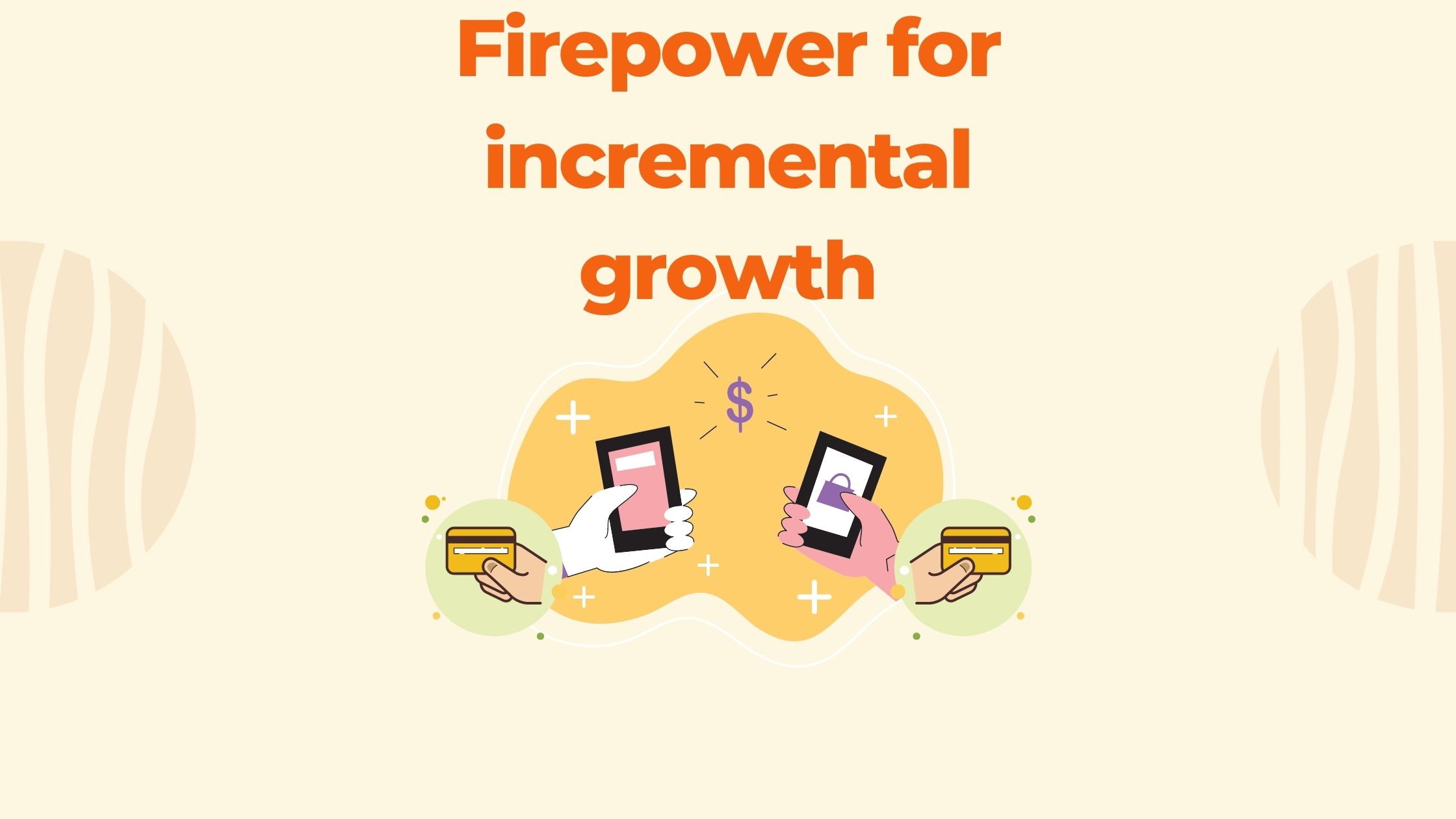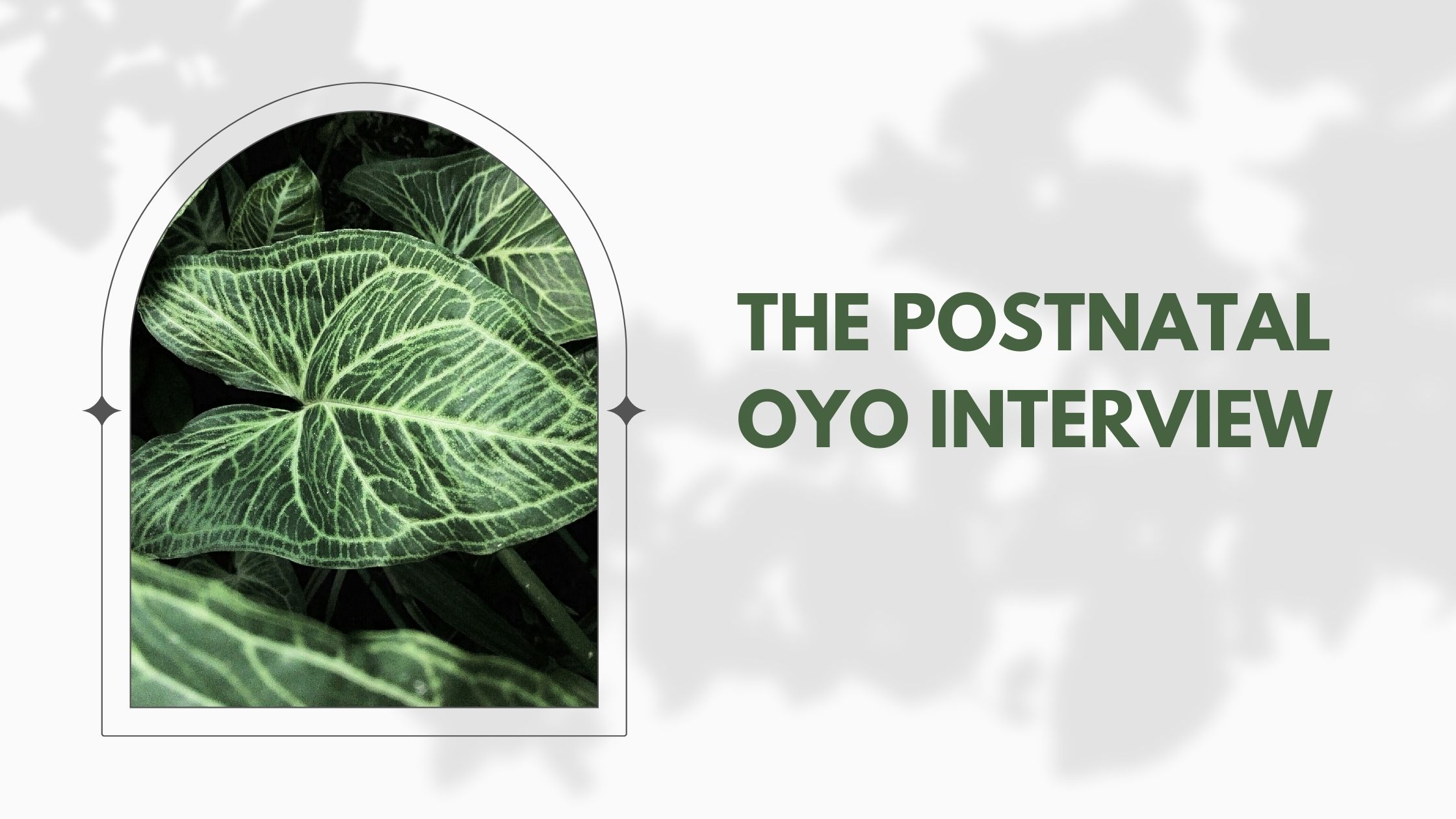“Unless security systems are designed to record access, the curious, entrepreneurial or venal can enter databases without leaving evidence of having done so,” it explains.
Special efforts

Previously known as Telemedicine Development Group, DHM was formed in 2017 to further digital health initiatives in Malaysia. It is co-chaired by the director-general of the Health ministry and chairman of Malaysian Communications and Multimedia Commission (MCMC).
Meanwhile, Faizi Rosli, the director of ethics and legal division under Malaysian Medical Council (MMC)—which governs all registered medical practitioners in the country—emphasises that the use of technology shouldn’t alter the ethical and professional requirements in the provision of care.
In a recently held webinar by Digital Health Malaysia (DHM)—a non-profit special interest group formed by policymakers, doctors and telemedicine companies—Faizi spoke about how crucial it is for doctors who provide virtual consultations to inform patients of the limitations of the service.
“Records must be reproducible for the sake of referral and patients’ consent must be obtained to record their details. That said, MMC is not giving permission to virtual consultations, we are giving guidance and reference to doctors that practice it in order to maintain standard of care,” he said.
In an email reply to us, the MoH said the report by Alpha Catalyst for a regulatory framework will most likely be finalised by early December.
“We will pursue further the option for the regulatory framework including a sandbox if required based on the findings and recommendations in the report. Usually used for new emerging technologies/innovations, [it] may not be useful for telemedicine,” says Fazilah Shaik Allaudin, senior director of the ministry’s medical development division.
Neighbouring example
In April 2018, Singapore launched its first regulatory sandbox — Licensing Experimentation and Adaptation Programme (LEAP) for the telemedicine industry, enabling development in the space with close monitoring of all aspects of safety, including clinical processes, medication delivery and data protection, while co-creating the appropriate regulations.
What should be regulated in the telemedicine space? Well, everything.
“It’s not just doctors’ practice or medical practitioners. It’s also data management, user privacy etc. Telemedicine is an industry, and everything that goes into it has to be regulated,” says Choy.
New wings
While it may take months before the regulatory framework is finalised, DoctorOnCall is not resting on its laurels.
Riding on the winds of change, the startup is on a fundraising trail to boost its operations. Virumandi declined to share further details but said there’s been “a huge traction from some top investors in Malaysia and Southeast Asia”.
Things were definitely not the same when DoctorOnCall first started in 2016. The founding team, says Virumandi, hasn’t taken a salary in the last four years. Investors were not convinced of the potential of the telemedicine industry, especially with the impending regulations rigmarole.
“A lot of them were short-sighted in not understanding the same regulatory barriers and the high barriers of entry ( Porter’s Five Forces) into the business. It’s like a castle with a very deep moat, and there’s a lot of gold in it. They didn’t think we could penetrate that,” says Virumandi.








